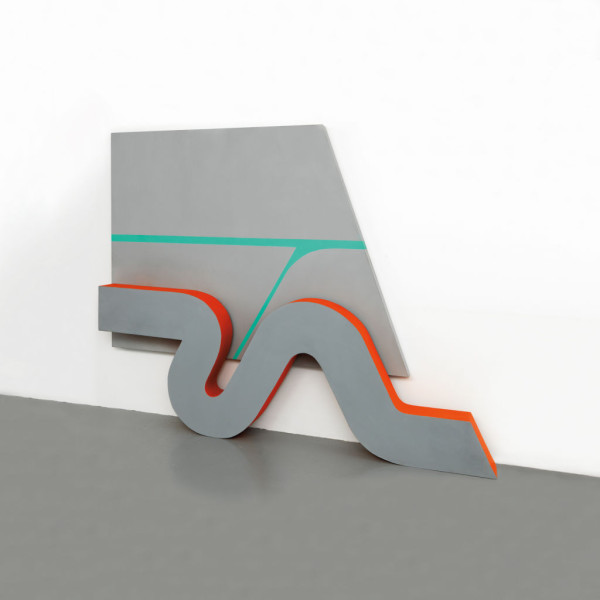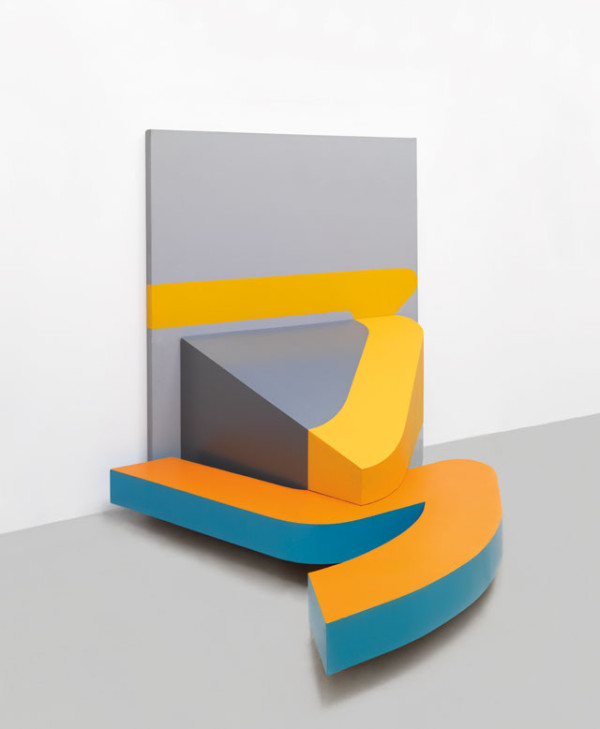Sven Lukin
Friday, 13 December 2013




Work from his oeuvre.
“Lukin’s steady move into actual space culminated at the end of the 1960s in what is probably his best known work—an undulating 120-foot long wall relief in green, pink, and orange, permanently installed at the Empire State Plaza in Albany, New York. The next 30 years of Lukin’s career are something of a blank, at least for now. If he was making work, he hardly showed it; this significant figure of the 1960s essentially disappeared from the art world (and New York), which may explain why I, and many other contemporary viewers, are only now discovering his work for the first time.
When the story (as told in this show) picks up again, it’s with work that initially appears radically different from what came before: geometric shapes painted in acrylic on irregular pieces of burlap that have been stretched over lengths of thin tree branches and tied together into rough triangles, irregular polygons or, in one case, a pair of wing-like shapes. Equally evocative of Native American art and modernist abstraction (not such an unlikely pair, given their formal and spiritual affinities, and the serious debt that 20th century abstraction owes to American Indian culture), and also reminiscent of Peter Young’s “stick” paintings circa 1970, these untitled works may seem funky and handmade next to Lukin’s highly finished 1960s work, but the underlying concerns are the same: the relation of painted elements to the shape of the support, bent bands of color, and the interpenetration of painting and sculpture. What’s different, obviously, is the explicit presence of nature. It’s as if Lukin had turned away from the pop-modernist dream of the 1960s toward a conception of art that was more archaic, more ritualistic. In fact, Lukin has connected his post-1960s work to his Latvian grandfather who was, he told People Magazine in 1979, “once or twice removed from a shaman.” (Lukin was born in Riga in 1934, and immigrated to the U.S. in 1949.)”- Brooklyn Rail